Solanum, plant care and growing guide
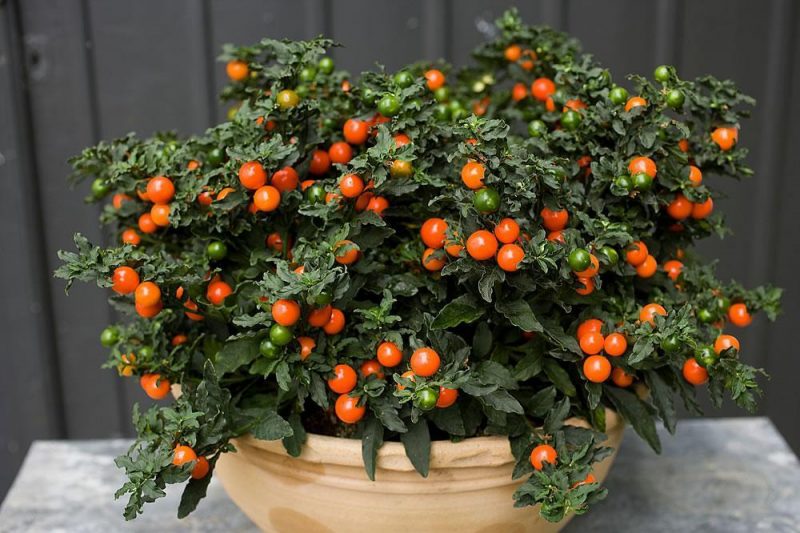
Solanum pseudocapsicum or “Jerusalem cherry” is a species of perennial, fruiting plant, native to the northern part of South America. It is often used as an indoor decorative plant, due to the fruits of different colors and sizes. It has the appearance of a shrub and it can reach a height of 30-40 cm. It has intense green elliptical or lanceolate leaves, with wavy edges. The flowers are small, stellate, white-green, and appear in May-June. The fruits are spherical berries colored in yellow, orange, or red.
Species and varieties. Solanum pseudocapsicum is the most common species grown in pots as an ornamental plant, but there are also other species such as:
Solanum capsicastrum has small fruits and feather-shaped leaves;
Solanum nigrum guineense has black, shiny, edible fruits;
Solanum mammosum has yellow fruits, with different, unusual shapes;
Solanum aviculare has green fruits with yellow stripes;
Solanum laciniatum has orange or blue fruits.
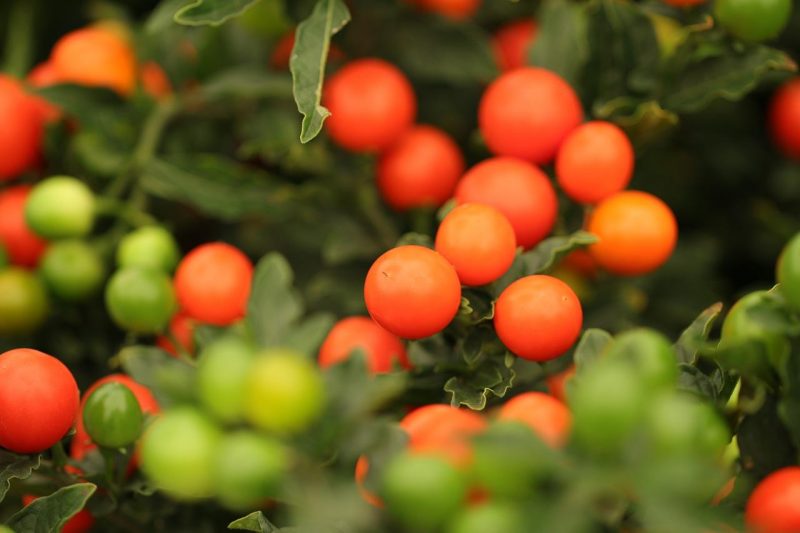
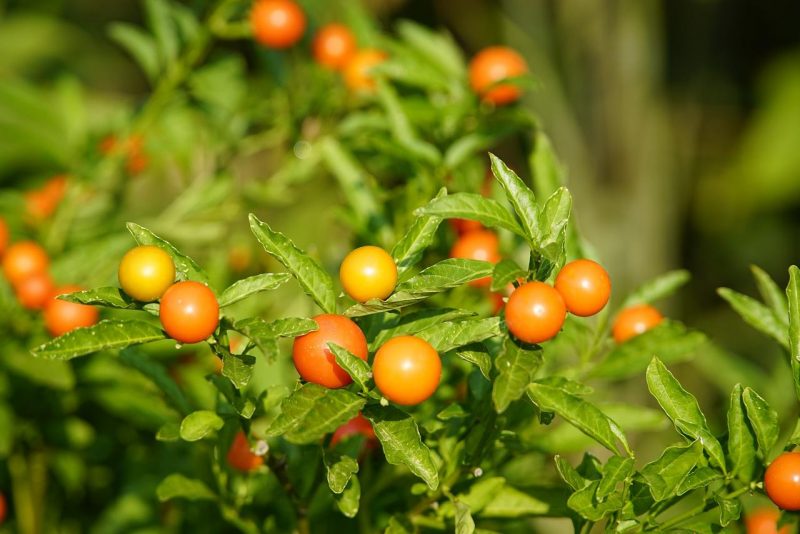
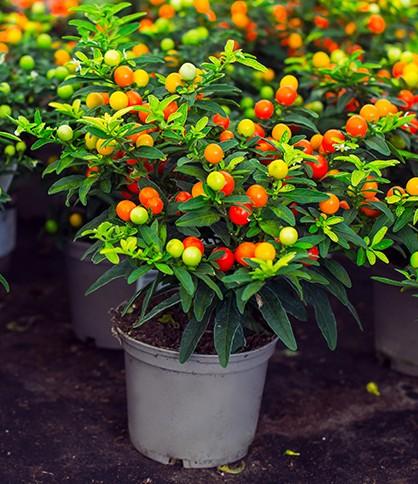
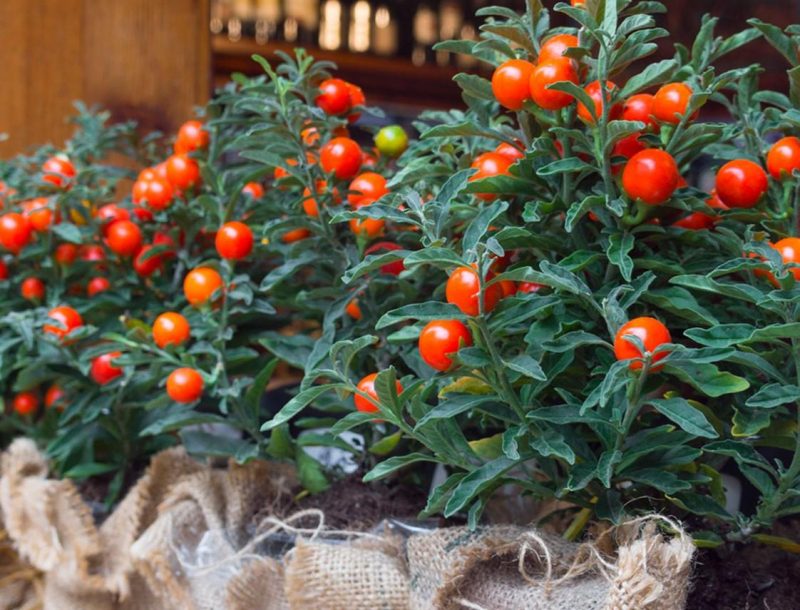
Environmental conditions
Light. It is a plant that prefers bright places, so it is ideal to place it near a window where it will benefit from a lot of sunlight.
Temperature. The optimum growth temperature is about 20° C. In winter, it should be kept in a cooler room, at temperatures of at least 10° C.
Humidity. In summer, the foliage should be sprayed daily with softened water to ensure relatively high humidity. During winter, spray only when the temperature exceeds 15° C.
Substrate. The substrate must be light and allow good water drainage.
Recommended products
-
You can find products on a different store
Change Store -
You can find products on a different store
Change Store -
You can find products on a different store
Change Store -
You can find products on a different store
Change Store -
You can find products on a different store
Change Store -
You can find products on a different store
Change Store -
You can find products on a different store
Change Store -
You can find products on a different store
Change Store -
You can find products on a different store
Change Store -
You can find products on a different store
Change Store -
You can find products on a different store
Change Store -
You can find products on a different store
Change Store -
You can find products on a different store
Change Store -
You can find products on a different store
Change Store -
You can find products on a different store
Change Store -
You can find products on a different store
Change Store -
You can find products on a different store
Change Store -
You can find products on a different store
Change Store -
You can find products on a different store
Change Store -
You can find products on a different store
Change Store -
You can find products on a different store
Change Store -
You can find products on a different store
Change Store -
You can find products on a different store
Change Store -
You can find products on a different store
Change Store
Watering
It needs moderate water, so it should only be watered when the substrate is dry on the surface. During the winter months, water should be added less often, but the substrate must not be allowed to dry completely.
Fertilization
During the vegetative growth period, special fertilizer for flowering plants should be administered.
Recommended products
-
You can find products on a different store
Change Store -
You can find products on a different store
Change Store -
You can find products on a different store
Change Store -
You can find products on a different store
Change Store -
You can find products on a different store
Change Store -
You can find products on a different store
Change Store -
You can find products on a different store
Change Store -
You can find products on a different store
Change Store -
You can find products on a different store
Change Store -
You can find products on a different store
Change Store -
You can find products on a different store
Change Store -
You can find products on a different store
Change Store -
You can find products on a different store
Change Store -
You can find products on a different store
Change Store -
You can find products on a different store
Change Store -
You can find products on a different store
Change Store -
You can find products on a different store
Change Store -
You can find products on a different store
Change Store -
You can find products on a different store
Change Store -
You can find products on a different store
Change Store -
You can find products on a different store
Change Store -
You can find products on a different store
Change Store -
You can find products on a different store
Change Store -
You can find products on a different store
Change Store
Repotting
It should be done in the spring, to a larger pot.
Pruning
Also in spring, before entering the growing season, it is recommended to cut the branches in half of their length. The pruning of young plants favors flowering and fruiting.
Pests and diseases
In conditions of high temperatures and dry air mites, aphids or whiteflies can infest the plant.
Propagation
Propagation of Solanum pseudocapsicum plants can be done through seeds. They should be sown in spring, in well-ventilated mini-greenhouses, the optimal germination temperature being 20° C.
Recommended products
-
You can find products on a different store
Change Store -
You can find products on a different store
Change Store -
You can find products on a different store
Change Store -
You can find products on a different store
Change Store -
You can find products on a different store
Change Store -
You can find products on a different store
Change Store -
You can find products on a different store
Change Store -
You can find products on a different store
Change Store -
You can find products on a different store
Change Store -
You can find products on a different store
Change Store -
You can find products on a different store
Change Store -
You can find products on a different store
Change Store -
You can find products on a different store
Change Store -
You can find products on a different store
Change Store -
You can find products on a different store
Change Store -
You can find products on a different store
Change Store -
You can find products on a different store
Change Store -
You can find products on a different store
Change Store -
You can find products on a different store
Change Store -
You can find products on a different store
Change Store -
You can find products on a different store
Change Store -
You can find products on a different store
Change Store -
You can find products on a different store
Change Store -
You can find products on a different store
Change Store
In addition:
- caution! the fruits of this shrub are very toxic.
- the fruits stay longer on the plant if in winter it is kept in a cooler room.
- mature plants have brown, lignified stems.
- the falling of fruits and flowers is caused by insufficient light, excessive watering and dry air.















































































































































































































































































































































































































































